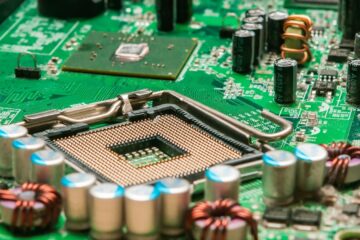Bus and Memory Transfers
Bus Transfers: In computer architecture, bus systems are generally classified into two types: Parallel Bus and Serial Bus. A Parallel Bus consists of multiple data lines, each capable of transferring individual bits simultaneously. This parallel transmission results in higher data transfer speeds, making it efficient for large data volumes. A Read more…
